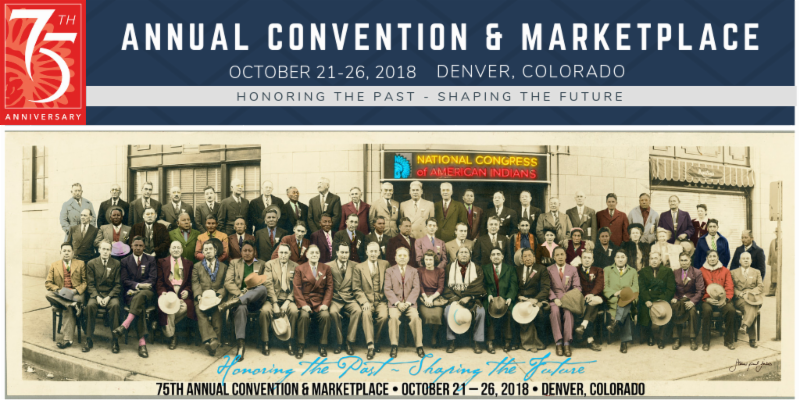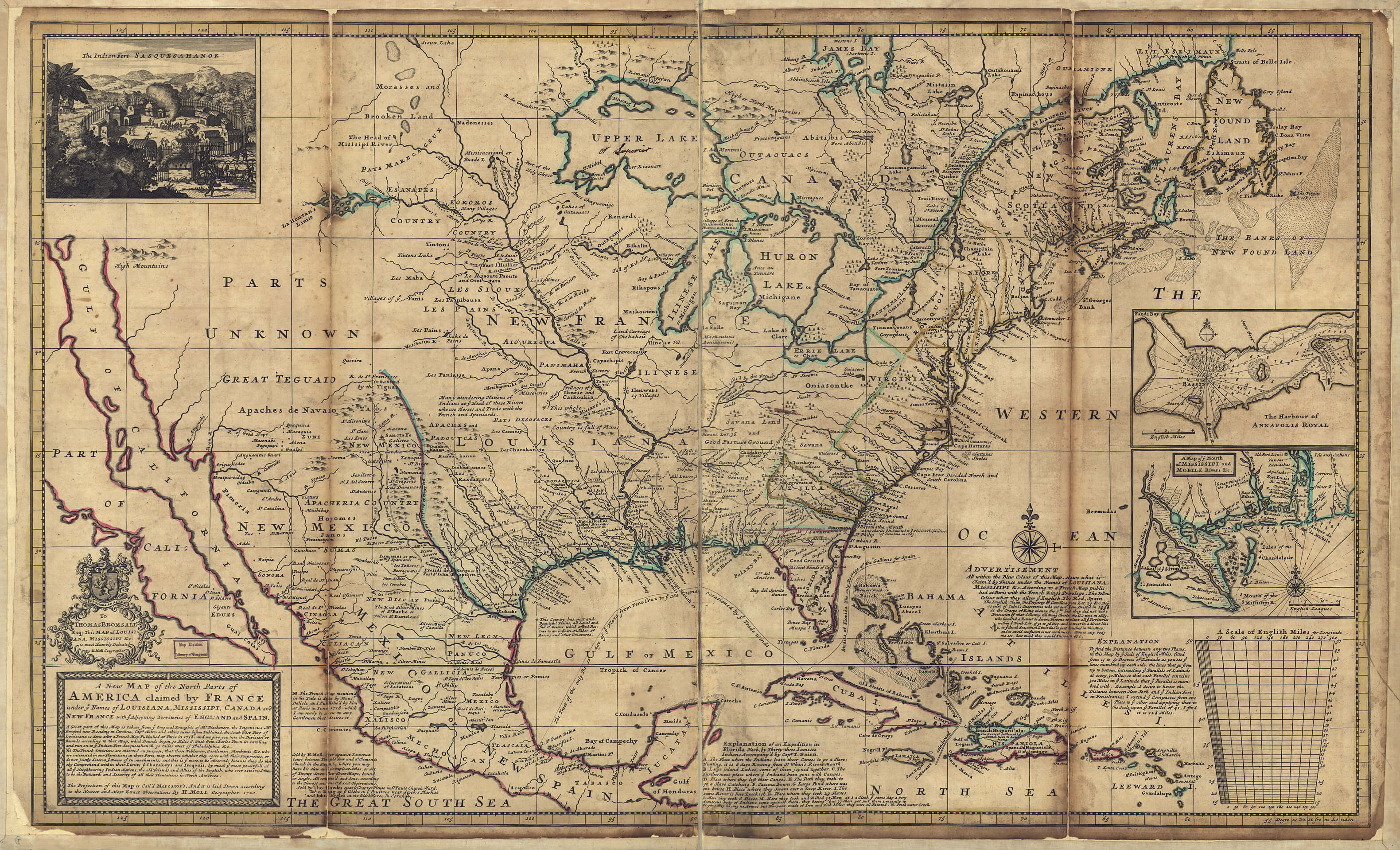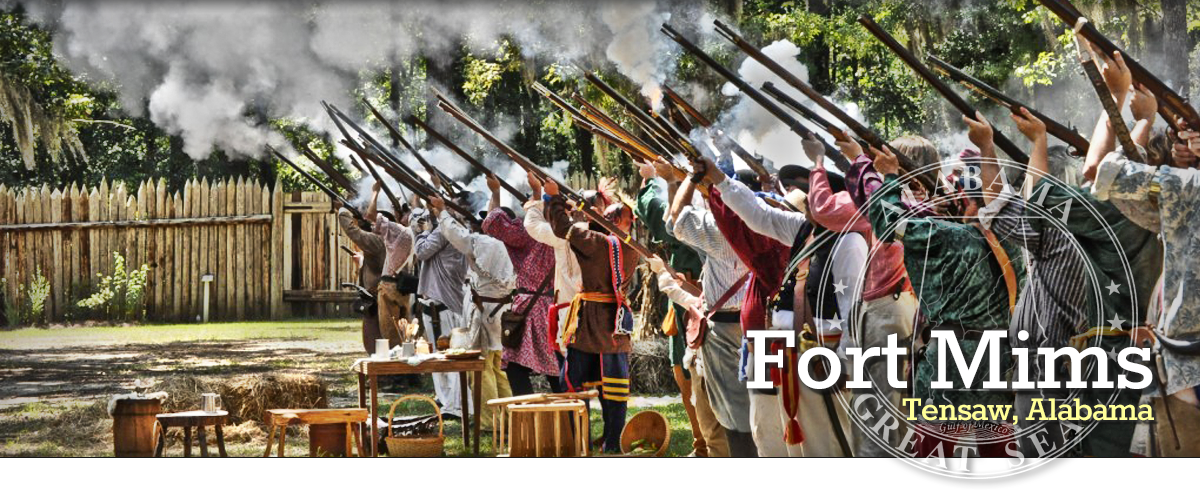https://www.ket.org/history/the-war-of-1812-and-kentuckys-role/
By Joyce West | 6/07/17 9:30 AM
Often called the United
States’ “forgotten war,” the War of 1812 left an indelible mark on our
nation’s history. Kentuckians played a vital role and paid dearly for
it: 64 percent of Americans killed in the war were Kentuckians.
Kentucky Life followed the trail of Kentucky’s soldiers who fought in the war, from Michigan to New Orleans.
What prompted so many Kentuckians to join the fight?
Watch the Video https://ket.org/episode/KKYLI+002103
“The
big thing here was…the history between the Indian nations and the
British and the citizens of the commonwealth of Kentucky,” explained
John Trowbridge, command historian of the Kentucky National Guard.
Kentucky was the site of continuing warfare between settlers and the
Native Americans, who were backed by the British.Kentucky Life followed the trail of Kentucky’s soldiers who fought in the war, from Michigan to New Orleans.
What prompted so many Kentuckians to join the fight?
Watch the Video https://ket.org/episode/KKYLI+002103
Kentuckians were eager to fight, and Lexington’s Henry Clay was a leader of the War Hawks in Congress.
Six congressmen from Kentucky fought in the war. “People who voted for the war actually followed up their votes and fought in the war, and some of them died in the war,” said James C. Klotter, Ph.D., state historian of Kentucky.
Leading men into battle were William Henry Harrison, governor of Indiana territory, as well as Isaac Shelby, who was serving his second term as governor of Kentucky.
Another faction in the conflict was a confederation of numerous Native American tribes formed to block American expansion. Leading this alliance was the Shawnee leader Tecumseh. “Tecumseh is quite an incredible figure,” said John Bowes, Ph.D., associate professor history at Eastern Kentucky University. “Tecumseh is seen as the leader of this movement, this unique movement seeking to develop this pan-Indian confederacy that is bringing all these different tribes together.”
The First Nations confederacy had as its spiritual leader Tecumseh’s half-brother, known as the Prophet. “What is so often marginalized and put to the side is the very spiritual foundation for that confederacy,” Bowes said.
The Militia and the Long Rifle
When it came time to go to war, men of the commonwealth brought with them their Kentucky long rifles. Harold Edwards, historian and gunsmith at the William Whitley House in Crab Orchard, said the rifle was used every day by the settlers for hunting and protecting the family as well as for sport.
“It was their pastime, and they became very proficient with it. You know, the average range was probably a hundred yards,” Edwards said.
The British were still fighting in Napoleonic style, marching en masse with muskets, which had a range of 50-60 yards, Edwards said. “It was an old style of warfare dying fast, and unfortunately they learned it a little too late,” said Edwards.
What kind of soldiers were these Kentuckians? There is debate about that, Klotter said.
“Were they good soldiers or bad soldiers? They were a little of both,” said Klotter. “They were really good fighters, when they fought. But the militiamen of Kentucky were not trained. They wanted a quick fight, and then go home. They weren’t particularly good in following orders sometimes.”
This reputation led the British to compare the Native Americans with the undisciplined Kentucky fighters, said Trowbridge.
“The warfare in the West was viewed as a bit more savage,” said Bowes. “For the Americans it’s because of the presence of all these Indian allies. And for the British, it’s in part because of the Kentuckians.”
Remember the Raisin
On Aug. 12, 1812, more than a thousand Kentuckians headed north toward Michigan in summer clothing for what they expected to be a short war.
“After fighting their way up here…they arrived here in the winter of 1813, January, when Michigan was experiencing a very cold winter,” said Dan Downing, chief of interpretation at the River Raisin Battlefield National Park in Michigan.
Historians believe about 100 men died from starvation and exposure to the elements. Even so, the Americans won a victory at Frenchtown over the British. Then they set up for the next battle in haste.
“They don’t fortify the position,” said Klotter. “They know the British are on their way, but they put people in open fields, without any trenches or any kind of earthworks to protect them.”
The British and their Native American allies attacked at 6 in the morning on Jan. 22, 1813. One wing of the American forces was massacred, Klotter said. The other wing fought well but ran out of ammunition and was surrounded. The Americans surrendered, with 500 captured, 400 dead, and 100 who got away, Klotter said.
The captured, wounded men who could not travel stayed behind in cabins. “The great controversy is whether or not the British did all they could to protect those who were unable to travel back to Fort Malden in Canada,” said Downing.
The Native Americans, remembering the Kentuckians’ previous attacks on their villages, sought vengeance. “When an opportunity came to exact revenge, they took the opportunity,” said Downing.
The Native Americans went from cabin to cabin, killing 65 men, in what became known as the massacre of the River Raisin.
The Battle of the River Thames
More defeats that year lowered morale among the Americans, but the tide turned in the fall of 1813 when Americans won control of Lake Erie.
The British and their allies were retreating from Detroit into Canada. “From that moment forward, Tecumseh’s angry,” said Bowes. “Tecumseh cannot believe that the British are essentially surrendering that territory.”
On Oct. 5, 1813, the Kentuckians met the British and their allies again, this time in Ontario, at the Battle of the River Thames.
Twenty mounted Kentuckians, commanded by 64-year-old William Whitley of Kentucky, charged the Native American lines in what was called “Forlorn Hope.” The strategy was to draw fire, then send on the American infantry before the Native Americans could reload. “Only a couple of guys actually survived that charge,” said Trowbridge.
The British pulled back, and Tecumseh was killed. Whitley also was killed, and is buried on the battlefield in an unmarked grave.
The End of the War
After the victories in the West, the flashpoint of the war shifted eastward, to Washington, D.C. and Baltimore. The United States was pushed to the brink of bankruptcy because of the British naval blockade. Britain was war weary with its battles in North America and in Europe with Napoleon.
Negotiations to end the war began, and both sides tried to secure as much territory as possible.
All eyes turned to the port of New Orleans. The British sent a fleet of 8,000 men to take the city. Kentuckians were called to defend the port.
“The people of Kentucky were warmly welcomed here to New Orleans in anticipation of the battle,” said April Antonellis, the War of 1812 Bicentennial Coordinator for the National Park Service.
Andrew Jackson assembled a force of 5,000 to defend the city against the British. On Jan. 8, 1815, the Battle of New Orleans was waged on an old sugar plantation just outside the city limits.
The British, again relying on tactics used in the Napoleonic wars, were slaughtered by the Americans firing long rifles from behind earthworks. In a little more than 25 minutes, the British lost 2,600 men. The Americans lost 71.
“There were errors on the part of the British, leaving some supplies behind, most notably scaling ladders that they were supposed to use to come up over this rampart that the Americans had created,” Antonellis said.
The War of 1812 is often called the Second American Revolution.
“If the British had won this battle, New Orleans certainly would have become a British colony or a British territory,” she said. “I think it’s easy to say that much of the United States could have easily fallen to the British as well. Anywhere west of the Appalachian Mountains that had to trade on the Mississippi River, they would have to pass through the port of New Orleans. If that’s a British city, then it would be very difficult to maintain American control in that area.”
Who won the war? Strategists say it was a draw. In the end, Native Americans paid the ultimate price.
The treaty ending the War of 1812 was negotiated without their participation, and the Native American alliance lost territory it had hoped to hold. In the years after the war’s end, Indiana, Alabama, Illinois, and Mississippi became states.
“The floodgates opened in the aftermath of the war of 1812,” said Bowes.










 e seen today in the small park area in Hardin, six miles west of Sidney, at the intersection of State Route 47 and Hardin-Wapak Road. It is located on the southeast corner of the park. This monument commemorates not only the killing of
e seen today in the small park area in Hardin, six miles west of Sidney, at the intersection of State Route 47 and Hardin-Wapak Road. It is located on the southeast corner of the park. This monument commemorates not only the killing of 

